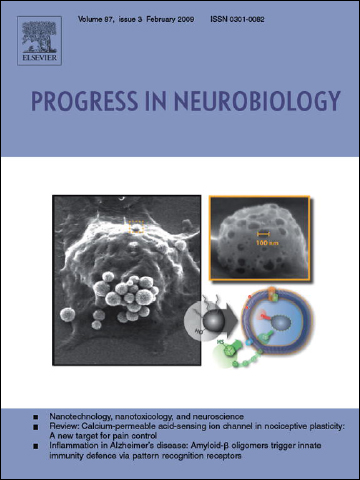
“As a consequence of an increasingly aging population, the number of people affected by neurodegenerative disorders, such as Alzheimer’s disease, Parkinson’s disease and Huntington’s disease, is rapidly increasing. Although the etiology of these diseases has not been completely defined, common molecular mechanisms including neuroinflammation, excitotoxicity and mitochondrial dysfunction have been confirmed and can be targeted therapeutically.
Moreover, recent studies have shown that endogenous cannabinoid signaling plays a number of modulatory roles throughout the central nervous system (CNS), including the neuroinflammation and neurogenesis.
In particular, the up-regulation of type-2 cannabinoid (CB2) receptors has been found in a number of neurodegenerative disorders. Thus, the modulation of CB2 receptor signaling may represent a promising therapeutic target with minimal psychotropic effects that can be used to modulate endocannabinoid-based therapeutic approaches and to reduce neuronal degeneration.
For these reasons this review will focus on the CB2 receptor as a promising pharmacological target in a number of neurodegenerative diseases.”
https://www.ncbi.nlm.nih.gov/pubmed/28210207









